
Credit: Stephen Iles / Alamy Stock Photo
Where to find dead man's fingers
They are fairly common in the UK, Ireland, mainland Europe and parts of North America.
Swollen, blackened ‘fingers’ reaching for the sky. Aptly named, dead man’s fingers spookily look as if someone buried beneath the woodland floor is trying to make a last-ditch attempt to escape.
Common names: dead man’s fingers
Scientific name: Xylaria polymorpha
Family: Xylariaceae
Fruiting season: spring and summer, but can be found all year round. Old ones remain.
Habitat: they grow from stumps and buried deadwood of broadleaved trees, especially beech. Often seen poking up through moss and dead leaves.
Macabre-looking clusters of hard, swollen, warty ‘fingers’, 3–8cm high. When young they are pale grey with a whitish tip. The pale covering is a coating of asexual spores produced in the early stage of their development. Inside, the flesh is white and tough under the black spore-bearing outer layer.
Fruiting bodies: finger-shaped, grey or brown, blackening with age, varying from 1–3cm.
Gills/spores: the spores are dark brown when developed, banana-shaped with a black spore print.
Stipe: a small stalk which attaches the fruiting ‘finger’ to the dead wood.
Not to be confused with: dead moll’s fingers (Xylaria longipes), which look similar but are daintier and less common. They are mainly to be seen on dead stumps and branches of sycamore.

Credit: Stephen Iles / Alamy Stock Photo
They are fairly common in the UK, Ireland, mainland Europe and parts of North America.

Credit: Dave Marsden / Alamy Stock Photo
Dead man’s fingers is a saprobic fungus specialising in consuming the polysaccharides in timber which leaves soft, nutrient-rich debris on which many invertebrates feed.

Credit: Richard Becker / Alamy Stock Photo
In traditional Indian (Ayurvedic) medicine, this fungus is used dried, powdered and mixed with sugar to promote lactation after childbirth. Otherwise, they’re not considered edible.
The fingers vary in appearance at different stages of its lifestyle, hence its name polymorpha which means ‘many shapes’.

Helen Keating • 31 Aug 2017
Mushrooms (or toadstools) is a term given to the fleshy, spore-bearing fruiting bodies that certain fungi produce. Here are nine common mushrooms that you may come across.
Start identifying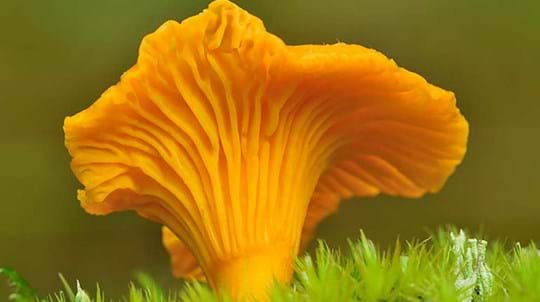
Trees woods and wildlife
A dazzling array of shapes, sizes and colours. Find out about fungi and lichens, from ancient taboos to magic and medicine.
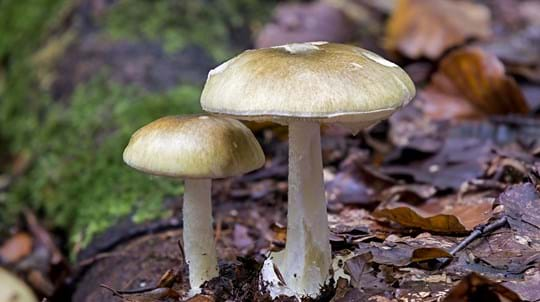
Blog
Hanako Shimada • 19 Feb 2025
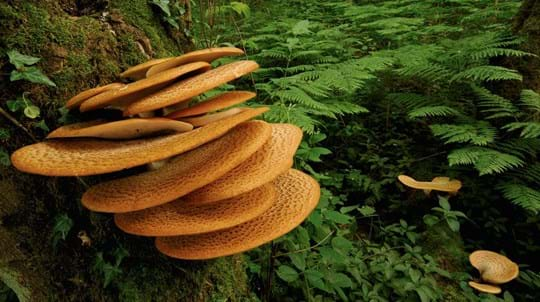
Blog
Amy Lewis • 21 Oct 2021
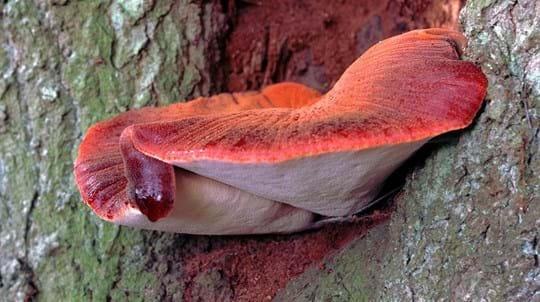
Blog
Helen Keating • 29 Oct 2018
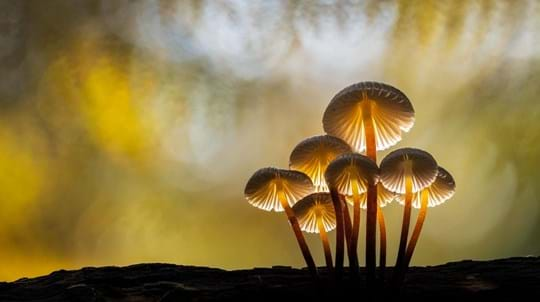
Trees woods and wildlife
Dead and decaying wood is one of any woodland's most important microhabitats. Learn more about why we need more of it, as well as the rare and endangered beetles, colourful fungi and other threatened wildlife that relies on it.
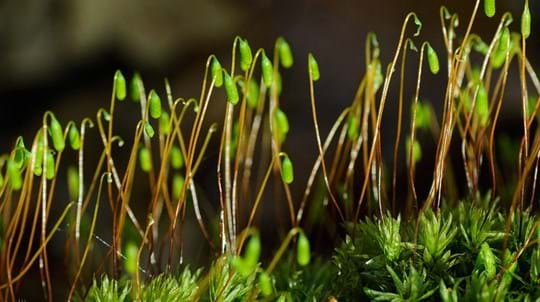
Trees woods and wildlife
Ancient and damp, mosses are part of a group of plants known as bryophytes. There are over 1,000 in the UK, and some have global significance.
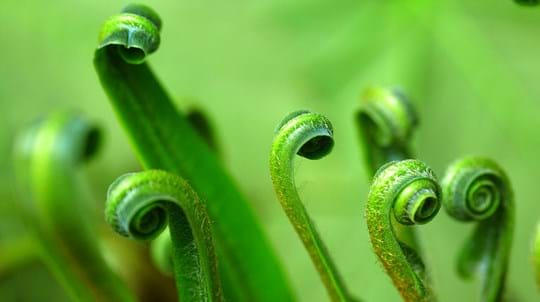
Trees woods and wildlife
Lush, ancient and primitive. Find out more about the UK's shade-tolerant woodland ferns.
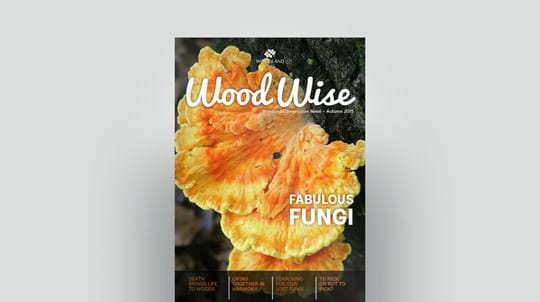
Journal
PDF (1.58 MB)
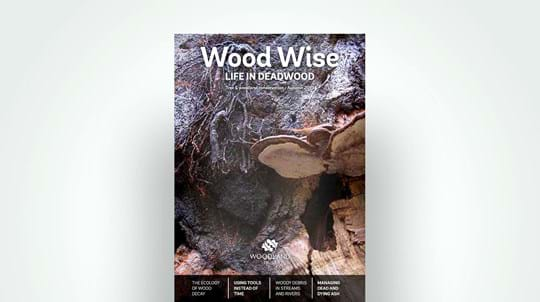
Journal
PDF (4.01 MB)